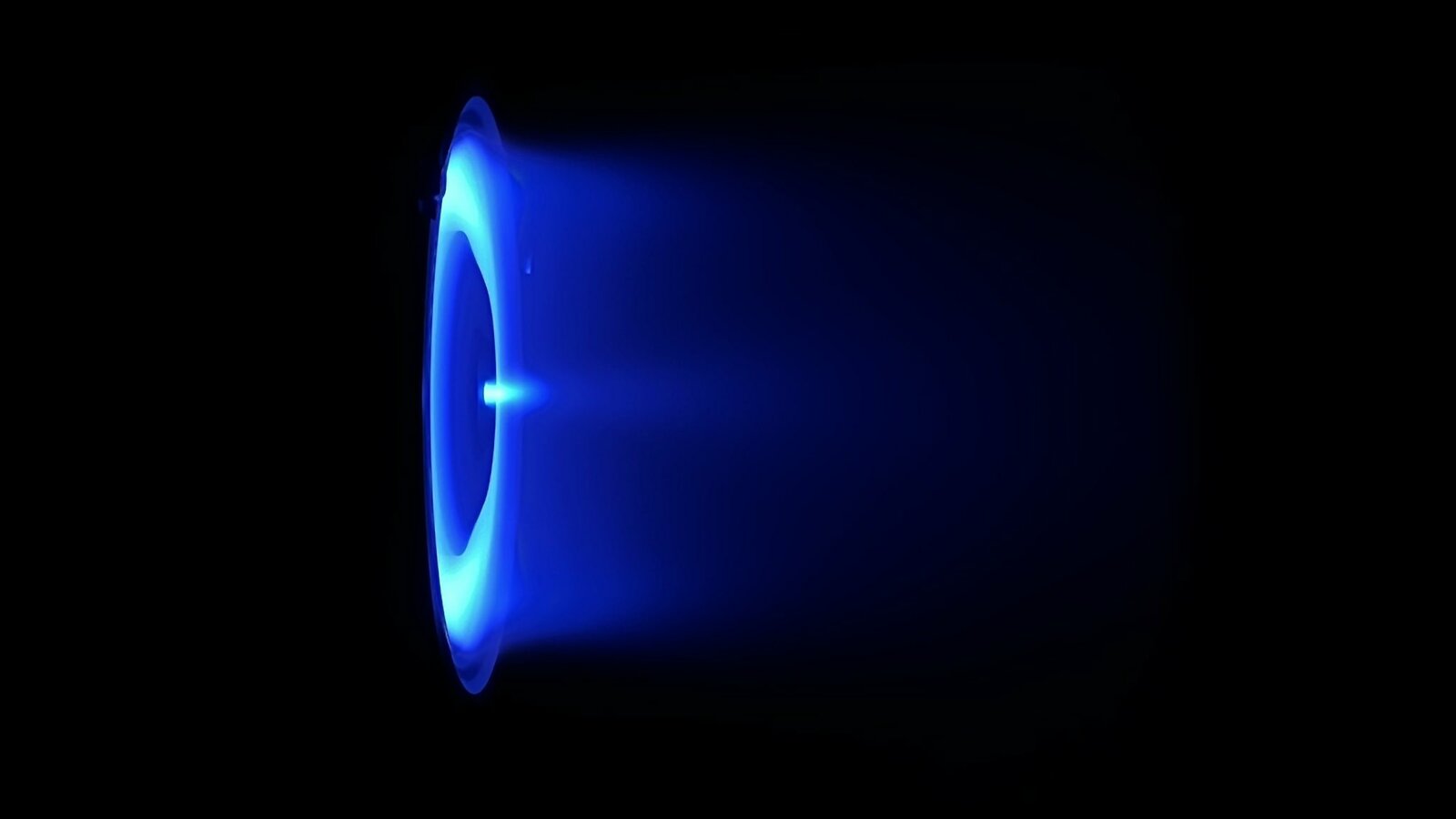Notifications
ALL BUSINESS
COMIDA
DIRECTORIES
ENTERTAINMENT
FINER THINGS
HEALTH
MARKETPLACE
MEMBER's ONLY
MONEY MATTER$
MOTIVATIONAL
NEWS & WEATHER
TECHNOLOGIA
TV NETWORKS
VIDEOS
VOTE USA 2026/2028
INVESTOR RELATIONS
COMING 2026 / 2027
ALL BUSINESS
COMIDA
DIRECTORIES
ENTERTAINMENT
FINER THINGS
HEALTH
MARKETPLACE
MEMBER's ONLY
MONEY MATTER$
MOTIVATIONAL
NEWS & WEATHER
TECHNOLOGIA
TV NETWORKS
VIDEOS
VOTE USA 2026/2028
INVESTOR RELATIONS
COMING 2026 / 2027
About Me
 Latinos Media
Latinos Media Latinos Media provides all types of news feeds on a daily basis to our Members
Posted by - Latinos Media -
on - March 3, 2023 -
Filed in - Financial -
-
548 Views - 0 Comments - 0 Likes - 0 Reviews

Earlier this week, SpaceX released more information about the new argon Hall thrusters that will power the Starlink V2 mini satellites, an innovation that likely has much to do with the company’s acquisition of Swarm Technologies in 2021.
The deal, which closed in July 2021, was an extremely rare move for SpaceX. Swarm – which manufactures and operates ultra-small satellites for IoT devices – remains the company’s only acquisition in its 21-year history. It was also notable because, relatively speaking, Swarm was still quite a young company: when the deal closed, the startup had around 30 employees, 120 sandwich-sized satellites in orbit, and had only just gone live with its flagship product earlier that year.
But in the space industry, talent is king, and it seems that SpaceX has benefited enormously from absorbing Swarm’s team.
Swarm’s two cofounders, Sara Spangelo and Benjamin Longmier, were installed as senior directors of satellite engineering at SpaceX. Both are part of Starlink’s direct to cell team – which is aiming to leverage the Starlink constellation to bring satellite connectivity to smartphones around the world. But Longmier also states on his LinkedIn that he leads Starlink’s electric propulsion group – that is, the group responsible for engineering the new argon Hall thrusters announced this week.
Hall thrusters themselves are not new. The name refers to a general propulsion tech that’s decades old. Essentially, Hall thrusters use a magnetic field to ionize a propellant and produce plasma. Satellites employ thrusters throughout their useful life – to adjust attitude, avoid collisions with other objects, or to de-orbit at the end of the lifespan.
The real innovation is in the propellant: argon. Argon is many times cheaper than xenon (the most common, and expensive, propellant used in Hall thrusters) and krypton (the propellant SpaceX used in Starlink V1 and V1.5 satellites), in part because its more plentiful.
“The transition to argon was tricky, but necessary, as krypton is too rare,” SpaceX CEO Elon Musk explained on Twitter. According to specs shared online, these new thrusters will also generate 2.4 times the thrust and 1.5 times the specific impulse (a measure of how efficiently the unit uses propellant, versus the thrust generated) than previous Starlink thrusters.
As early as 2011, Longmier was lead authoring technical papers on electric propulsion systems that use argon gas. He also co-authored other papers on thrusters using argon and xenon as propellant. On Twitter, Longmier said that it was 556 days from thruster clean-sheet to orbit: that would mean SpaceX would’ve started work on the thrust around the end of August, 2021, very shortly after Swarm was acquired. Longmier did not respond to TechCrunch’s request for comment.
SpaceX’s acquisition of Swarm is paying off with new Starlink thrusters by Aria Alamalhodaei originally published on TechCrunch